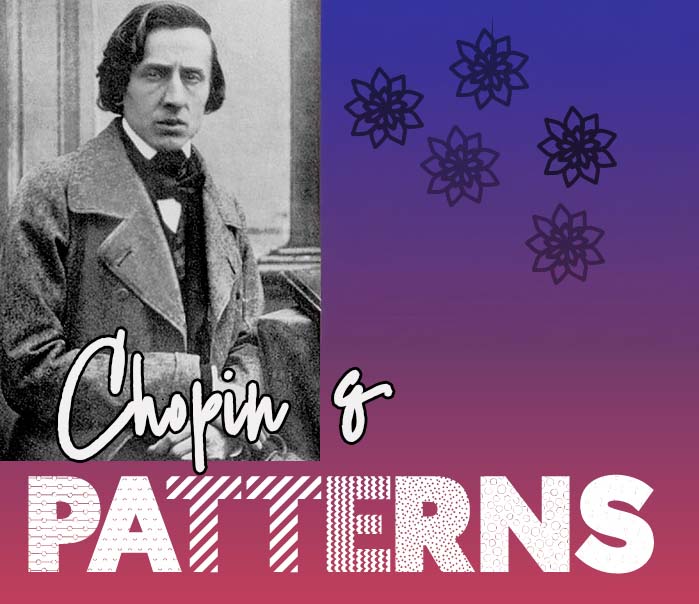Patterns Beyond Patterns

Many composers have written music which is intended to picture a natural event, perhaps a storm or shipwreck. The Polish composer, Chopin, was an exception. He carefully avoided creating any pictures in his music. He insisted that his music was simply complicated abstract patterns of sound.
His patterns are very pleasing, indeed at times quite emotional. How is it that a mere pattern can do this to us? Isn’t the music just a pattern of the physics of sound– a series of frequencies?
In physics itself there are patterns, expressed as mathematical equations. Some who have learned the language of physics also find them very pleasing, almost a description of the divine.
Mathematics is a very pure form of pattern, and can even arouse a kind of emotion in those who study it deeply.
The obscure Book of Revelation describes many exalted and different heavenly patterns of sound and singing: sounds by 24 elders, living creatures, the song of Moses and the Song of the Lamb – and new songs.
What is the opposite of a pattern? Probably a featureless cloud. God is not a featureless cloud. But his patterns are not just collections of dead numbers or symbols. Perhaps they are more like a dance.
God creates, he suffers with his creation, he visits, lives and dies, and lives again and is forever with his people. He is the Pattern from which all patterns are named.
Although an agnostic in mid-life, Chopin returned to the faith pattern he had been brought up in. Maybe he stopped believing his music was simply abstraction and realised it was actually a gift reflecting sublime heavenly patterns. For, in the last few days of his life he said, “Now I am at the source of blessedness!”
Patterns point to patterns beyond themselves.